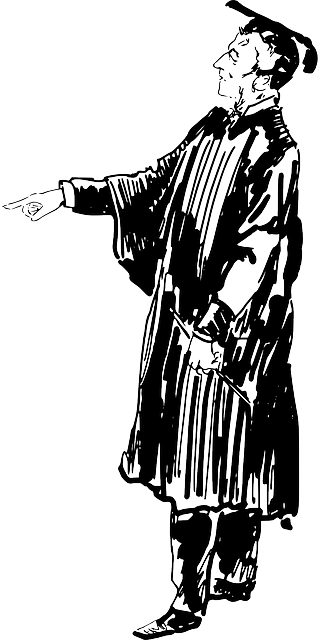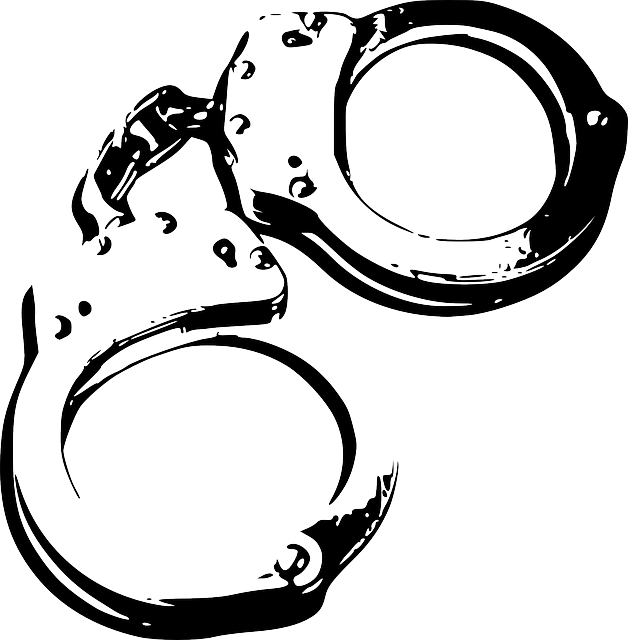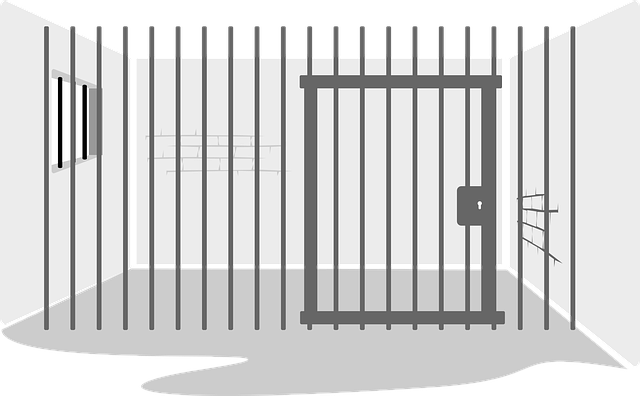Drunk driving (DUI) incidents cause significant property damage, but vehicle safety features like airbags, ABS, and ESC play a crucial role in mitigating this damage. These advanced systems not only protect occupants but also serve as evidence of responsible driving practices under impairment, potentially strengthening defenses against DUI-related liability claims. The interplay between Vehicle Safety Features and DUI Law is essential for public safety, as it discourages drunk driving, reduces property damage, and influences insurance assessments while holding offenders accountable through legislation and safety upgrades. Drivers facing property damage charges should use these safety features as a defense, maintaining thorough records of vehicle maintenance to demonstrate proper care.
In the intricate web of legal responsibilities, understanding property damage DUI liability is paramount. This article delves into crucial aspects, including how vehicle safety features mitigate risk in drunk driving cases, and the specific role of DUI law in property damage scenarios. We explore strategies for drivers facing charges, emphasizing prevention through awareness and adherence to road safety guidelines. By examining these elements, we aim to illuminate the path towards navigating legal complexities related to property damage caused by DUI incidents, with a focus on enhancing driver accountability and public safety.
- Understanding Property Damage and DUI Liability
- Vehicle Safety Features: A Protective Measure Against Liability
- The Role of DUI Law in Property Damage Cases
- Mitigating Risk: Strategies for Drivers Facing Property Damage Charges
Understanding Property Damage and DUI Liability

Property damage resulting from a DUI (drunk driving) incident can have significant legal implications. Understanding both property damage and DUI liability is crucial to navigating this complex scenario. Property damage refers to any harm caused to someone else’s property, including vehicles, buildings, or personal items, during an accident attributable to impaired driving. This includes collisions that result in vehicle damage, as well as incidents where a drunk driver hits and damages fixed structures.
The DUI law stipulates that drivers are liable for the consequences of their actions when operating a vehicle while under the influence. Vehicle safety features, such as airbags and anti-lock braking systems, may mitigate property damage and personal injury in accidents, but they do not exempt the impaired driver from legal responsibility. In fact, these advanced safety features often enhance the case against a DUI offender, demonstrating both their negligence and the severity of potential harm.
Vehicle Safety Features: A Protective Measure Against Liability

Vehicle Safety features play a crucial role in mitigating potential property damage and personal injury, which are significant concerns under DUI law. Modern cars are equipped with advanced safety mechanisms designed to protect occupants and minimize the impact of accidents. Airbags, for instance, deploy swiftly upon detection of a collision, providing a crucial split-second to reduce the risk of severe injuries. Anti-lock Braking Systems (ABS) prevent wheels from locking up during hard stops, allowing drivers to maintain control and steer clear of collisions. These safety features are not just protective measures; they also serve as valuable arguments in defense against liability claims arising from DUI-related accidents.
Furthermore, electronic stability control (ESC) systems help drivers maintain control of their vehicles by detecting and reducing loss of steering control. These features work in tandem to ensure better vehicle handling and reduce the severity of accidents. In the context of DUI law, where negligence is a significant factor, having active safety technologies on your side can significantly strengthen your defense against property damage claims. It’s not just about preventing accidents; it’s about demonstrating due care and responsible driving practices under challenging conditions.
The Role of DUI Law in Property Damage Cases

In property damage cases stemming from DUI (drunk driving) incidents, understanding the intersection between DUI law and vehicle safety features is crucial. Modern vehicles are equipped with advanced safety technologies designed to mitigate harm in accidents, such as airbags, anti-lock braking systems (ABS), and electronic stability control (ESC). These features play a significant role in reducing the severity of property damage and injuries caused by impaired drivers. DUI law, in turn, enhances the accountability of drivers who choose to operate under the influence, ensuring that they are held responsible for any damage resulting from their negligence.
The synergy between vehicle safety features and DUI law reinforces public safety measures. When a driver is found guilty of DUI, the legal system may mandate specific safety upgrades or restrictions on vehicle use to prevent future incidents. This proactive approach not only discourages drunk driving but also improves road safety by minimizing property damage and potential losses. Moreover, insurance companies often consider these factors when assessing liability and setting premiums, further incentivizing responsible driving behavior.
Mitigating Risk: Strategies for Drivers Facing Property Damage Charges

When facing property damage charges after a DUI incident, drivers should prioritize mitigating risk and understanding their legal options. One effective strategy is to leverage vehicle safety features as a defense. Modern cars are equipped with advanced systems designed to prevent accidents and minimize damage. Active safety features like automatic emergency braking, lane-keeping assist, and adaptive cruise control can significantly reduce the severity of collisions, potentially lowering property damage liability under DUI law.
Additionally, drivers should maintain thorough records of vehicle maintenance and inspections. Regular servicing ensures that safety features are operational and up-to-date according to manufacturer recommendations. Documenting service history and demonstrating proper vehicle care can strengthen a defense by showing due diligence in maintaining a safe driving environment. This proactive approach can help drivers navigate the complexities of DUI property damage cases and potentially reduce their legal exposure.
In conclusion, understanding property damage and DUI liability is crucial for drivers to navigate legal complexities effectively. By recognizing the role of vehicle safety features as protective measures against liability and being aware of how DUI law applies in such cases, individuals can better mitigate risks. Implementing strategies to minimize potential charges not only ensures fair outcomes but also fosters a culture of responsible driving and public safety.






